
Origin/Endemic status: Native
Taxonomy Comments: Substantial variation in ploidy (n= 7, 14, 21), color (white, pink), and flower-opening time (morning, evening) is here included uncomfortably in one taxon. Great Plains Flora Association (1986) discussed "Most of our plants are diploid, with white flowers that open in the evening. In se. KS rare roadside colonies are tetraploid, with rose-purple flowers that open in the morning".
Synonymy: = Ar, C, F, Fl4, FNA10, G, GrPl, Il, K1, K3, K4, NcTx, Pa, RAB, Tat, Tn, Tx, Va, W, WH3, Munz (1965), Wagner, Hoch, & Raven (2007); = Hartmannia speciosa (Nutt.) Small – S, S13; > Oenothera delessertiana Steud.
Heliophily: 9
Hover over a shape, letter, icon, or arrow on the map for definition or see the legend.
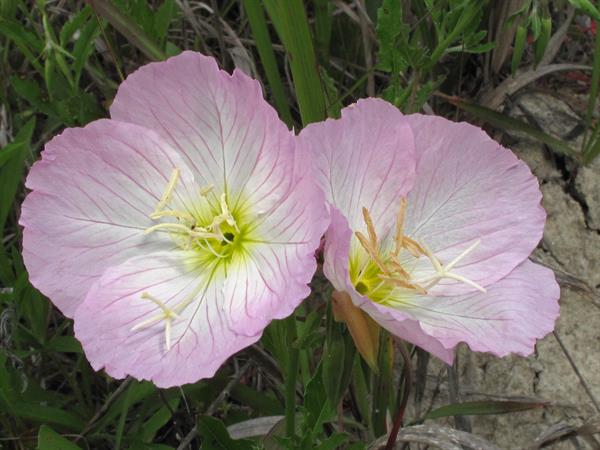 © Alan Cressler: Oenothera speciosa, Oaky Woods Wildlife Management Area, Houston County, Georgia 1 by Alan Cressler source | Original Image ⭷
© Alan Cressler: Oenothera speciosa, Oaky Woods Wildlife Management Area, Houston County, Georgia 1 by Alan Cressler source | Original Image ⭷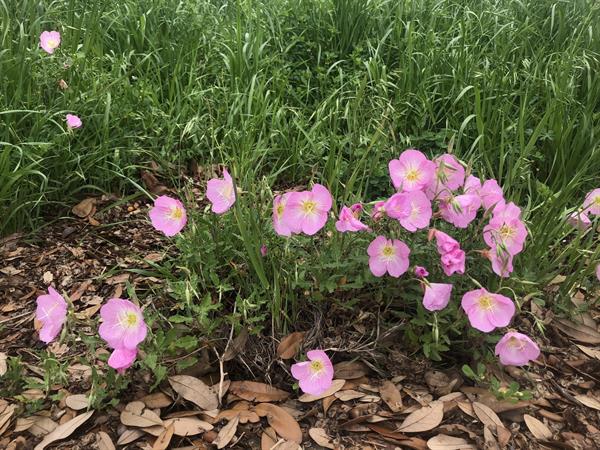 © Aidan Campos source | Original Image ⭷
© Aidan Campos source | Original Image ⭷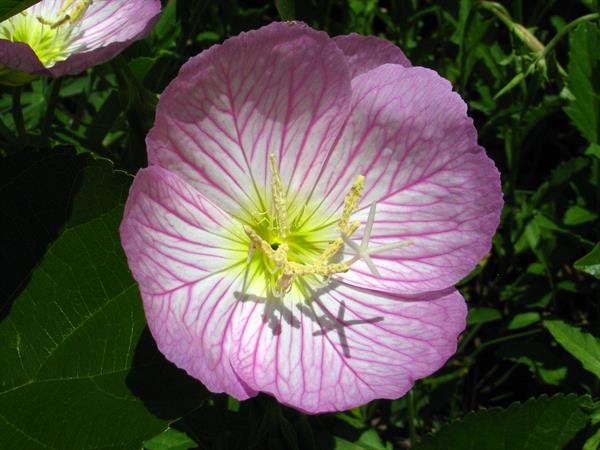 © Alan M. Cressler | Original Image ⭷
© Alan M. Cressler | Original Image ⭷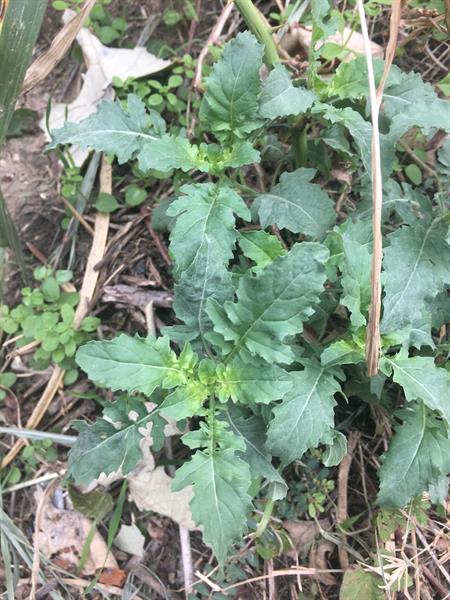 © Aidan Campos source | Original Image ⭷
© Aidan Campos source | Original Image ⭷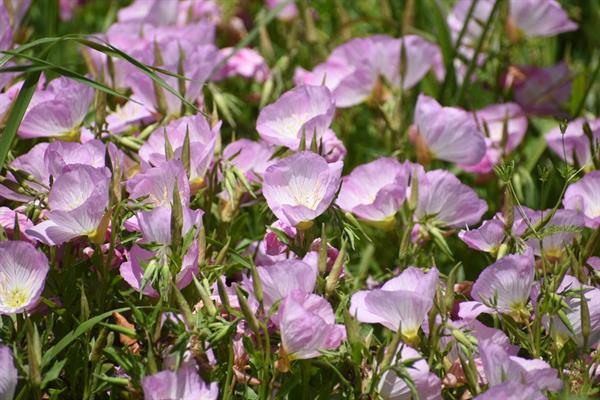 © Aidan Campos source | Original Image ⭷
© Aidan Campos source | Original Image ⭷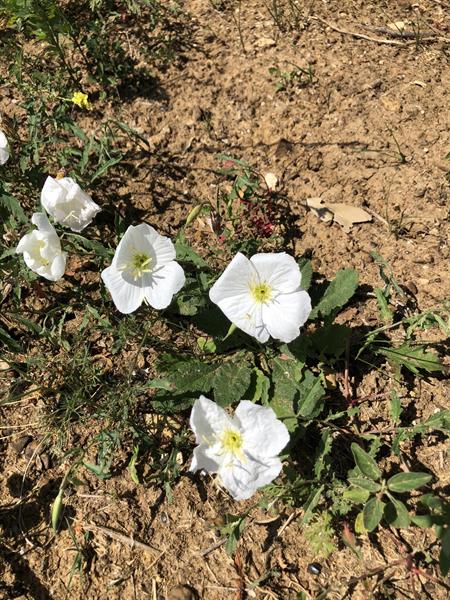 © Aidan Campos source | Original Image ⭷
© Aidan Campos source | Original Image ⭷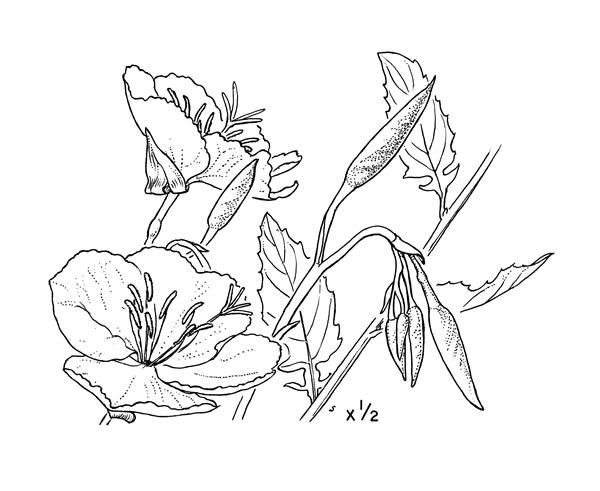 © Radford, Ahles and Bell | Original Image ⭷
© Radford, Ahles and Bell | Original Image ⭷Feedback
See something wrong or missing on about Oenothera speciosa? Let us know here: (Please include your name and email if at all complicated so we can clarify if needed.)
Cite as...